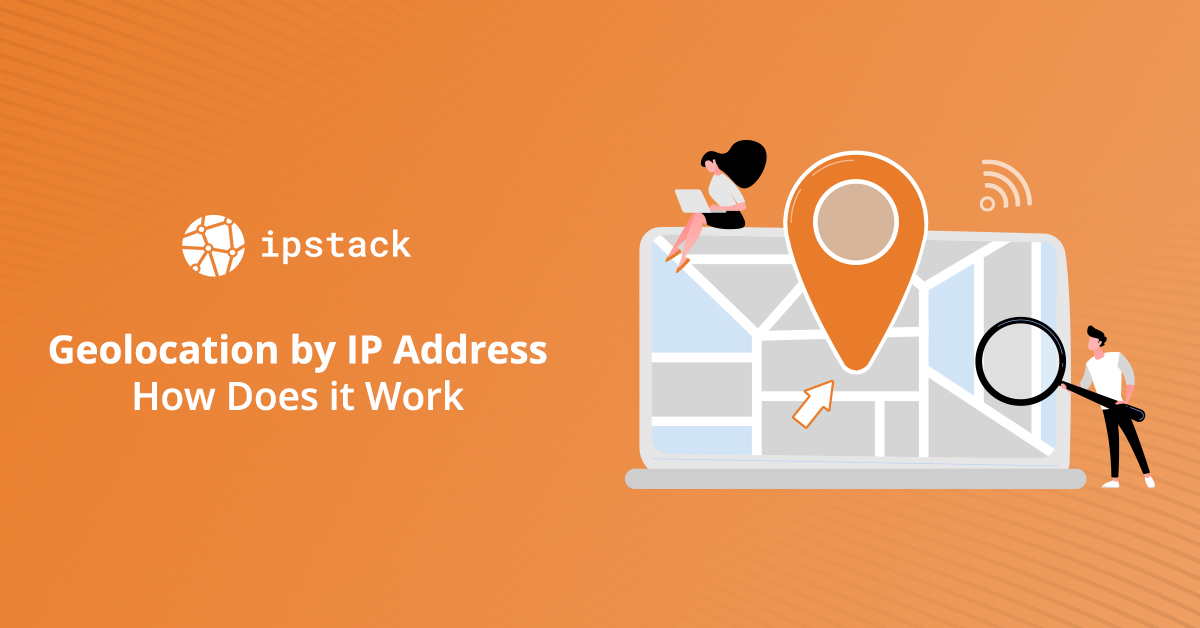
Geolocation by IP Address: How Does it Work
Applications obtain and use the location information of their visitors for various purposes. The most popular of these purposes are to provide users with location-specific content, to provide location-related campaigns, to serve region-specific advertisements or to send notifications. In fact, the main purpose is to increase user satisfaction and aim to provide organic traffic to applications.
There are many static or dynamic ways for applications to obtain visitor location information. Among these ways, the most effortless and most preferred way is using the geolocation API.Geolocation APIs are responsible for providing location information corresponding to the IP address. That's basically its job. As soon as the applications access the IP addresses of the visitors, they send this IP address to the geolocation APIs and in return, the visitor has the geolocation information. No cost is incurred on the application side for this process.
The number of APIs that provide geolocation information, which is frequently preferred by applications, is increasing. In this environment where competition is increasing, it has become difficult for application developers to find the best API. Today, the API used by hundreds of thousands of users by providing the fastest and most detailed geolocation information is the IPstack API.
Superior to its competitors, IPstack API provides very detailed location information of bit or more IP addresses. It can provide many more information such as continent code, continent name, timezone and currency information of location information within milliseconds. It is preferred by big companies such as Microsoft, Airbnb and Samsung today because it works very fast and contains detailed information about the geolocation information of the IP address.
In this article, we will talk about how geolocation APIs work, but first, let's take a look at what is an IP address.
What is an IP address
IP addresses determine from which device to which device the information goes on the network. It contains the location of the data and makes the device accessible for communication. Devices connected to the Internet, different computers, routers and websites need to be separated from each other. This is accomplished by IP addresses and forms a fundamental principle in the operation of the Internet.
Practically “what is an ip address?” The question can also be answered like this: IP; It is the identification number of the devices connected to the Internet. Every device connected to the Internet; computer, phone, tablet have an IP. Thus, they can be separated from each other on the network and communicate with each other via IP. An IP address consists of a series of numbers separated by dots. While IPv4 constitutes the traditional IP structure, IPv6 represents a much newer IP system. IPv4; It is limited to the number of IP addresses around 4 billion, which is quite insufficient for today's needs. For this reason, 8 sets of IPv6 containing 4 hexadecimal digits have been developed.
How Does Geolocation API Works
When a user uses his mobile device or computer to access a web page, he accesses this web page with the user's IP address. Web pages can access the IP addresses of incoming users on the code side with a special code block.
A geolocation database must be used to obtain geolocation information corresponding to the obtained user IP address information. The most basic information stored by IP address ranges in most geolocation databases includes continent, country, state/region, city, and time zone.
Geolocation API addresses help applications at this point. It takes the IP address information obtained from the users of the web pages and receives the detailed location information corresponding to this IP address range in the geolocation databases and transmits it to the web page.
Conclusion
In this article, we basically covered how geolocation APIs work. For more information about geolocation APIs that are increasingly used and provide advantages to applications, visit the detailed documentation of IPstack API.